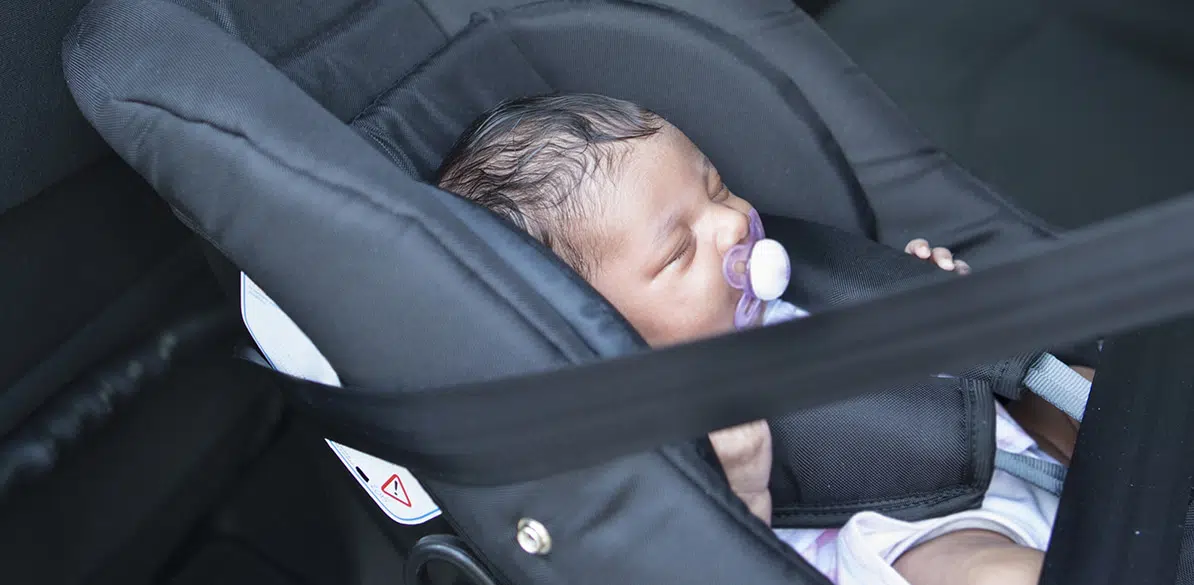What are anti-abandon systems?
We will tell you what this detection and alert system is all about

Road Safety
Three recommendations when taking a child in the car: the child must be in their approved car seat, in the center rear seat if it has ISOFIX (if it does not, the safest seat is the right-hand rear seat, behind the front passenger), and until they are at least four years old, they should travel in a rear-facing position. Rear-facing systems are the safest way for a child to travel. That is why, in recent years, their use by parents has increased exponentially. However, it is also true that in countries where there has been an increase in the use of rear-facing car seats, there has also been an increase in the number of babies left in the car. The explanation for this is that when a baby travels in this position, facing the rear, we do not see it and, therefore, there is a greater risk of forgetting it.
The risk of leaving a baby unattended in the car is basically related to heat stroke, which we talked about in this article.
As the Spanish Society of Pediatrics reminds us, a small child, between 1 and 5 years of age, can die within 30 to 60 minutes if left locked in an unventilated car in the summer. In Spain, sadly, there are about 3 cases per year of death from heat stroke due to leaving a child in the car.
In response to this problem, various systems have been put on the market to warn the driver if the child is still in the car; these are “anti-abandon” systems.
They work in a very simple way. A pad is placed on the child seat that detects the presence of the child and connects to your cell phone via Bluetooth.
If you move away from your car and the bluetooth connection between the mat and the cell phone is lost, it sends a message to your phone. If you do not reply to that message, the device sends a message to 5 cell phones on its list of previously defined contacts, alerting other people of the situation.
Car manufacturers such as Toyota and Hyundai have also become aware of the problem arising from the increase in cases of children forgotten in the car and, in response, have developed a detection and alert system in the car so that the risk of forgetting a child in the car is, at least, addressed and reduced, if not eliminated.
In addition, some countries, such as Italy, have already legislated the use of these systems, making them compulsory for users from 2019. In other countries the system can be purchased as an accessory.
